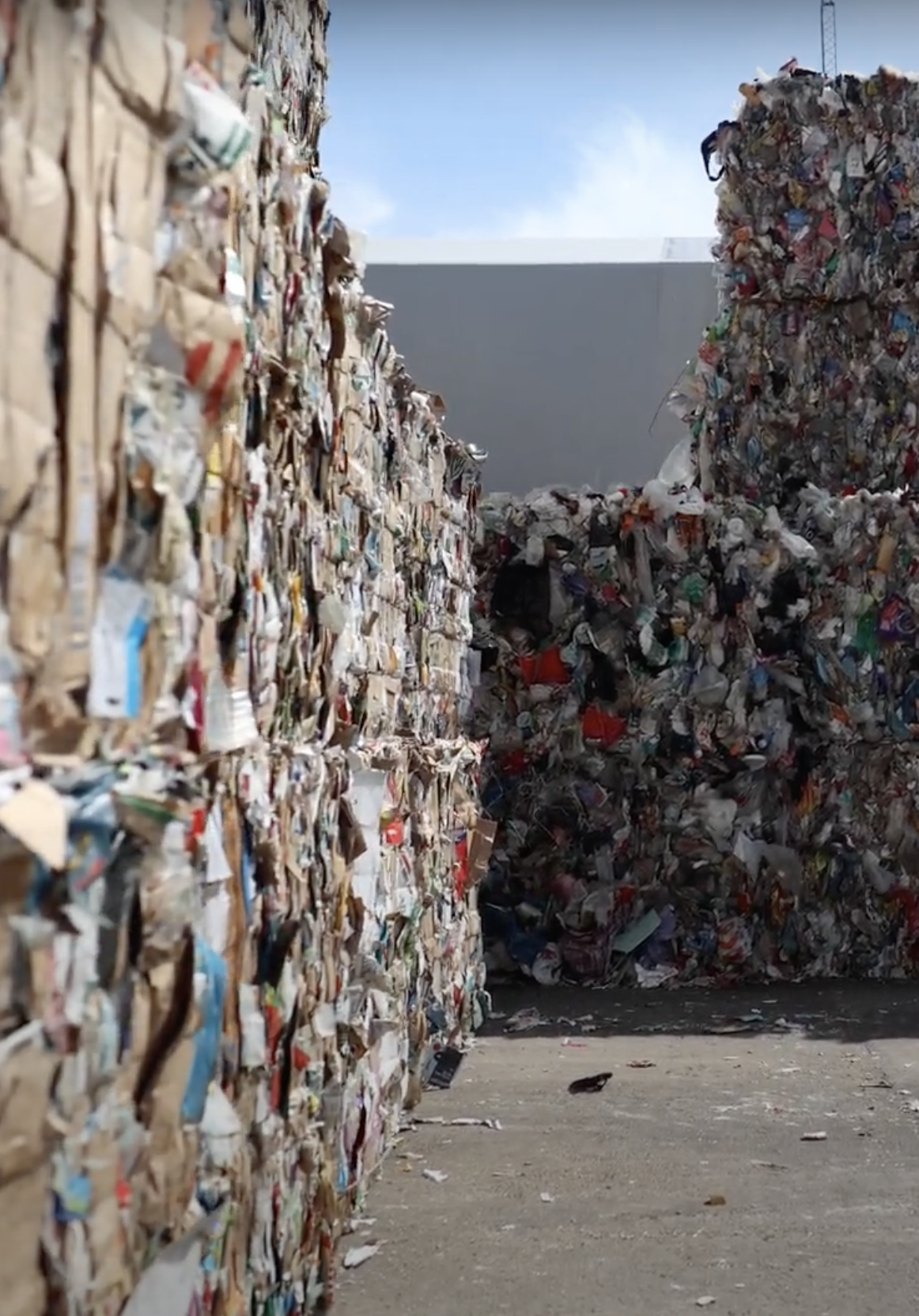In the search for sustainable development, the integration of Recycling Company (Återvinning Företag) pathways requirements significantly more than separated efforts. It requires an extensive approach—one which thinks the complicated interconnections between manufacturing, usage, and waste. Methods considering, a technique of knowledge how specific things interact within bigger structures, is proving to be always a important instrument in developing successful and long-lasting recycling solutions.

At its primary, techniques thinking shifts the focus from linear spend administration types to circular approaches. Old-fashioned recycling initiatives usually deal with waste only following it's made, treating it as an end-of-pipe issue. In contrast, programs considering stresses aggressive design—beginning at the source. It considers the whole lifecycle of materials, from removal and manufacturing to application and end-of-life. This allows better source rings, where waste is minimized and products are repurposed or reintegrated in to new production cycles.
Among the key benefits of systems thinking is its capability to reveal associations between numerous stakeholders. For instance, makers, customers, municipalities, and recyclers are all part of a broader system. Improvements produced by one party may significantly influence the conduct and outcomes of the others. Through collaborative strategies—such as standardized appearance, clearer labeling, and incentivized return systems—these actors can arrange their targets, leading to more structured recycling pathways.
Systems thinking also encourages advancement in product collection and product design. By studying how items are utilized and discarded, developers can make things which can be better to disassemble, sell, or reuse. This is particularly appropriate in industries working with complicated products, wherever old-fashioned recycling methods battle to accomplish performance or profitability.
Data integration and digital technologies also play a growing position in supporting systems-based recycling models. Smart sensors, traceability tools, and electronic twins might help check substance moves, identify inefficiencies, and manual interventions. By harnessing real-time data, businesses can optimize logistics, estimate need for recycled components, and evaluate environmental affect with higher accuracy.

More over, policies knowledgeable by programs thinking tend to be more robust and forward-looking. Rather than enforcing separated rules, policymakers can make frameworks that help circular infrastructure, encourage discussed obligation, and incentivize sustainable techniques across the entire source chain.
In summary, the integration of recycling pathways benefits somewhat from techniques thinking. By observing waste maybe not being an isolated issue but as a symptom of broader endemic issues, stakeholders can build holistic, versatile alternatives that shut substance loops, conserve sources, and contribute meaningfully to a more sustainable future.
